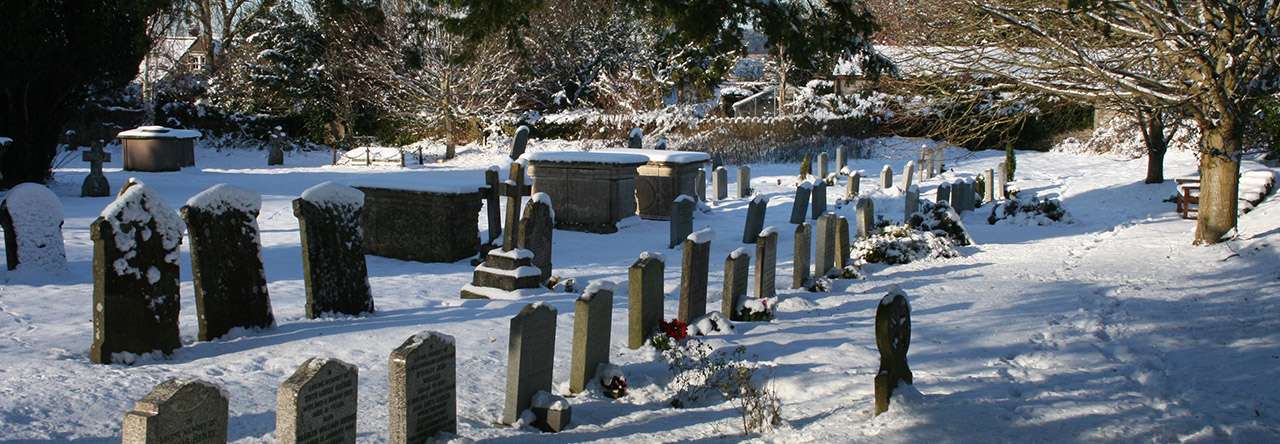Before the Industrial Revolution and the opening of the great quarries in the nineteenth century, Woolton was a village. Old terraces remain in the centre and isolated sandstone houses survive, stranded on islands in the middle of today’s approach roads. Now Woolton is a smart suburb of Liverpool with large, detached houses and thirties semidetached, an abundance of coffee shops, bars, and restaurants, and the famous Woolton Picture House dating from 1926.
The parish church of St. Peter’s was built in 1886 using the same local sandstone as Liverpool Cathedral, the latter one of the last customers before the quarries closed. The church has windows by Charles Kempe and William Morris, and its bell tower is the highest point in Liverpool. When I visited it was enjoying an Open Day with a profusion old documents, photographs, maps, and local history books on display.
But my objective was Eleanor Rigby. The dark, narrative song about loneliness came out in 1966 on the Beatles’ Revolver album and on a 45rpm single, its hauntingly beautiful, pensive lyrics oddly paired with the chirpy Yellow Submarine. The origin of the name of the protagonist is disputed. Paul McCartney suggested that it was inspired by the actress Eleanor Bron, who had starred with the Beatles in the 1965 film Help, combined with the name of a store in Bristol, Rigby and Evens Ltd., which he had noticed during a visit to Jane Asher when she was performing at the Bristol Old Vic.
But in Woolton they see things differently, for it was here at the Woolton Village Fete in July 1957 that John met Paul. The day’s events included: a procession; the crowning of the Rose Queen; a fancy dress parade; a display by Liverpool police dogs; and performances in the school grounds behind the church by John Lennon’s band the Quarry Men Skiffle Group. The latter also took second billing, after the George Edwards Band (me neither), at the Grand Dance held in the church hall at 8pm with tickets priced at two shillings, and “refreshments at moderate prices.” In the hall they have marked the spots on the floor where a mutual friend introduced a sixteen-year-old John to a fifteen-year-old Paul and the latter auditioned to join the Quarry Men.
And in St. Peter’s churchyard, across which the young John and Paul frequently took a short cut, a headstone bears the name Eleanor Rigby. McCartney said that he had no recollection of ever seeing the stone, but he admitted that he could have unconsciously borrowed the name.
Personally, I was predisposed to find the origins of Eleanor Rigby here, and so I discovered was everyone else. In many churches a famed connection with the Beatles and a trail of curious fans might have elicited a chilly response. But here the wardens and parishioners extended the warm welcome at which Liverpudlians excel. In response to my question, an enthusiastic volunteer explained where the grave was, urging me to look out for Father McKenzie’s prototype as well. He explained that if I went to the edge of the graveyard I could look upon the location of the stage where The Quarry Men performed in 1957. Then he drew my attention to the additional presences in the churchyard of George Toogood Smith, John’s uncle, and of Bob Paisley – the Liverpool football manager, he explained, noting my blank expression. Cheerfully he instructed me to come back if I failed to find any of these treasures, offering to abandon his post and conduct me thither personally. In many a larger cemetery I have wished for such assistance, but here I left him surrounded by other eager visitors, while I located Eleanor Rigby with ease.
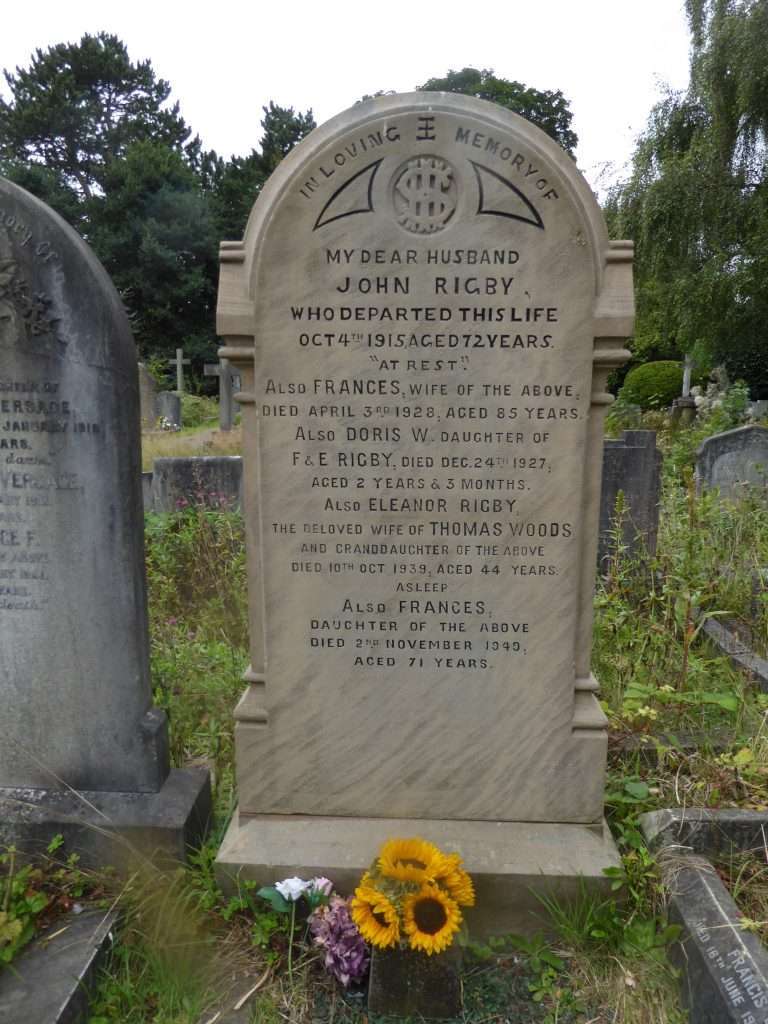
Eleanor Rigby
Died in the church and was buried along with her name
The original Eleanor Rigby worked in the City Hospital at Parkhill, married Thomas Woods in 1930, and sadly died at only forty-four of a brain haemorrhage.
Only a few graves away was John McKenzie.
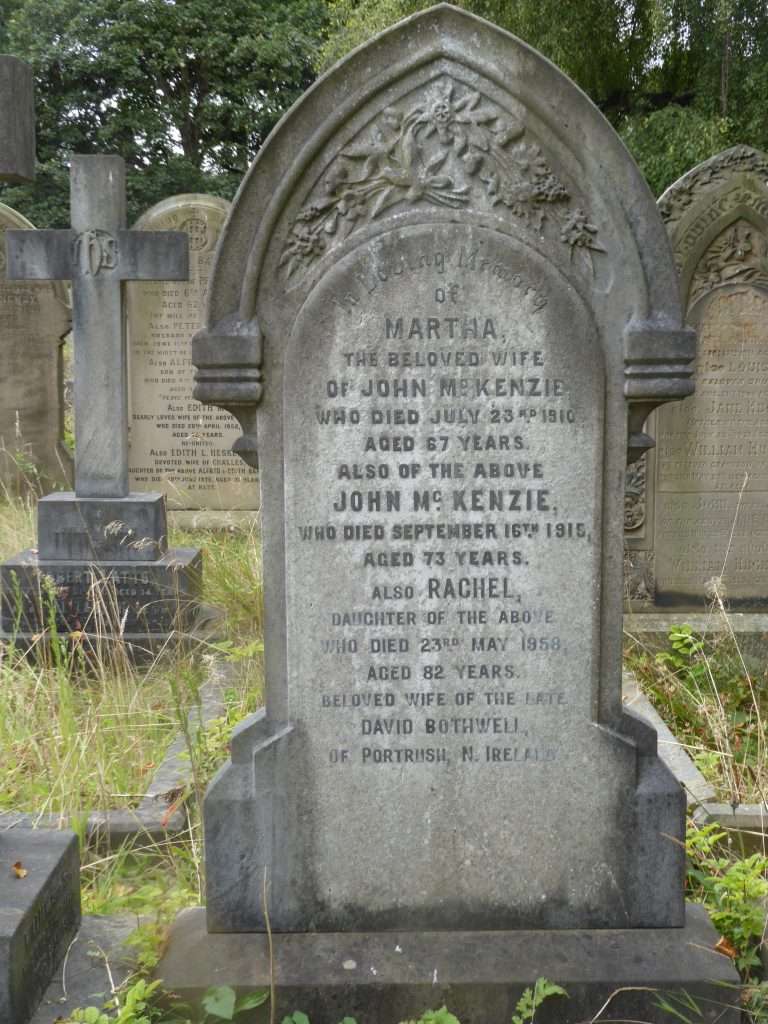
Father McKenzie
Wiping the dirt from his hands as he walks from the grave
John McKenzie, only a short distance from Eleanor Rigby, come on, it’s obvious they were the inspiration for the song.
Then following my friend’s directions, I also located George Toogood Smith and Bob Paisley.
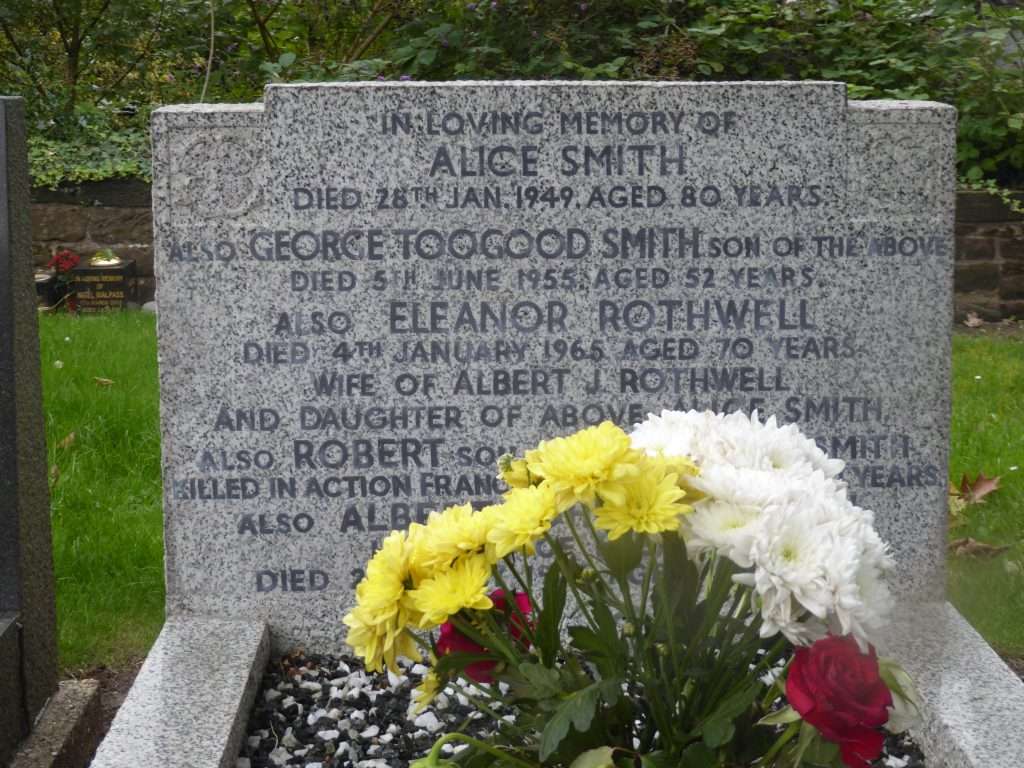
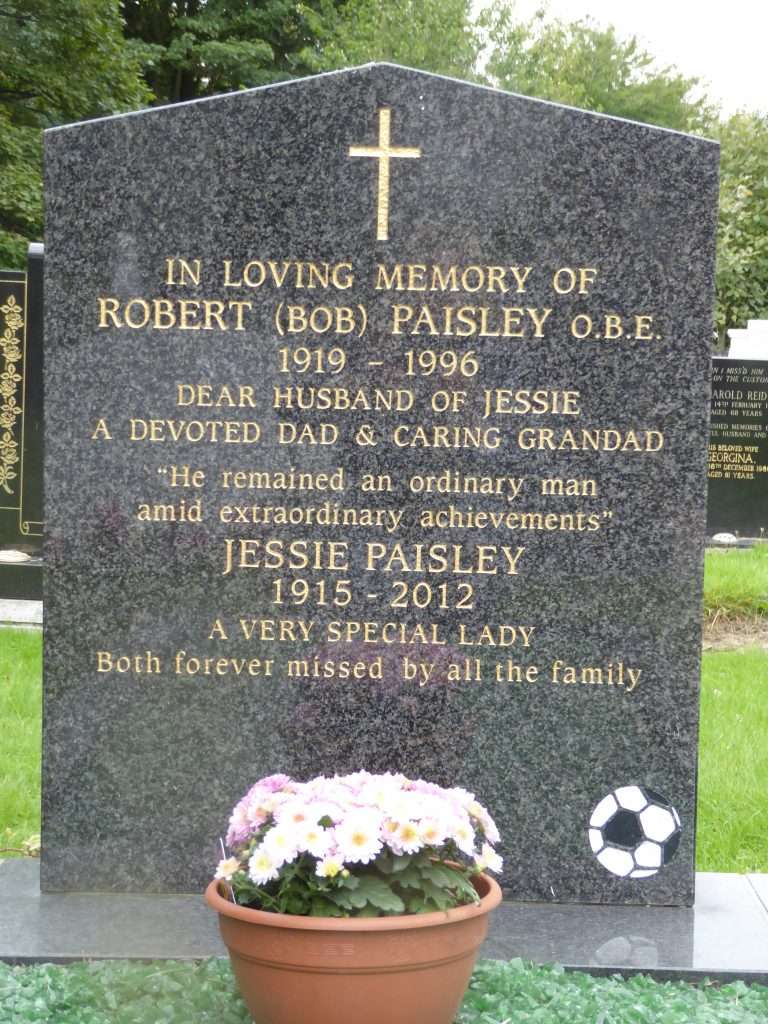
St. Peter’s holds Open Days every summer to coincide with International Beatle Week. They offer leaflets with the plan of a walk incorporating Strawberry Fields and John’s childhood home, Mendips, and another of the parade route from 1957. If you doubt your ability to follow a map there is no shortage of folk eager to show you round. The church’s website has a special section on the Beatles where there is a copy of the programme from the 1957 fete. https://www.stpeters-woolton.org.uk Impossible to read it without wishing you were there.
I recommend an excursion to see St. Peter’s and meet its warm, friendly congregation. If you are lucky, your visit may coincide with a performance in the church hall by the remaining Quarry Men. But most importantly pay your respects to the original Eleanor Rigby, most assuredly the muse,whatever Paul McCartney may say, for one of the greatest Beatles songs ever.
